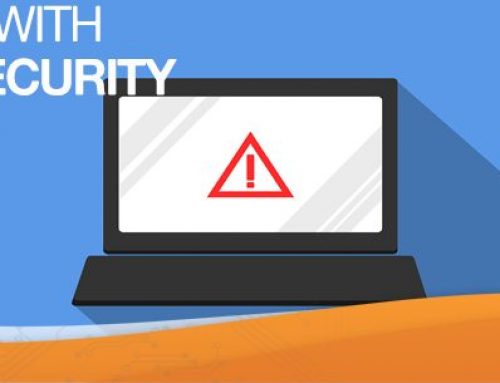Even though the Internet of Things (IoT) is growing rapidly, many businesses are concerned about the increasing number of challenges with small device technologies, including security. While early adopters are worried about opening themselves up to vulnerabilities and exploits, they’re still confident in IoT’s potential to increase return on investment (ROI) and consider the computing concept to be critical to business success.
The number of connected devices continues to increase. There will be 41.6 billion connected Internet enabled devices by 2025; the growth rate is projected to be 8.9 percent during the 2019-2025 forecast period, according to IDC’s most recent “Worldwide Global DataSphere IoT Devices and Data Forecast.”
To gain a better understanding of today’s Internet of Things ecosystem, software giant Microsoft surveyed more than 3,000 decision-makers in enterprise organizations about topics pertinent to the ecosystem, including adoption rates, related technology trends, challenges and benefits.
“IoT is transforming businesses in every industry and is powering breakthrough innovations,” said Sam George, head of Azure IoT at Microsoft, in a company blog post. “Our research shows that unlocking IoT’s full potential requires the industry to address key challenges like the skills shortage, security concerns, and solution complexity.”
Several of the report’s key findings include the following data points:
- Eighty-five percent of respondents are in IoT adoption; 75 percent of these have projects in planning.
- Internet of Things adopters believe they will see a 30 percent ROI, inclusive of cost savings and efficiencies, two years from now.
- Thirty-eight percent of adopters cite complexity and technical challenges to using IoT as a barrier to further their adoption.
- Eighty-eight percent believe IoT is critical to business success.
Even though IoT adoption is on the rise, there are challenges in the market tamping down business growth in the industry.
IoT raises security concerns
Security is a top concern when it comes to Internet of Things. Nearly all the report’s respondents (97 percent) have security concerns when implementing IoT — and there’s some truth to these worries.
When your devices aren’t adequately protected, cybercriminals can gain access to more than just those devices; they can infiltrate your networks. These breaches can cost SMBs thousands, if not millions.
The average cost of a data breach for an SMB in North America can be as high as $117,000, according to a Kaspersky Lab report; however, Microsoft’s estimates are even higher: When you consider compound costs, a data breach averages between $4 and $8 million.
Unexpected costs aren’t the only major challenge for a Small to Medium Business after a breach occurs. Sixty percent of SMBs that are compromised go out of business within six months, according to the National Cyber Security Alliance.
Even though there are security concerns, if the IoT projects are deployed correctly, the likelihood of a cyberattack decreases.
How to be successful with IoT implementations
To be successful with any Internet of Things implementation, you must put the right strategies in place.
Determining why you’re implementing IoT technologies is critical. Clearly define your business goals and expected outcomes for the project you’re investing your time and money in.
Then, consider this question: What’s the business challenge you’d like to solve by using IoT technologies? Keep your answer in mind throughout the project’s duration and measure progress.
Most importantly, have the right team in place, from top to bottom. Ensure your leadership team is on board with your project plan so that your technicians can deploy and implement the plan efficiently. If not, there’s always the option to outsource the work to an IT provider with a history of implementing IoT technologies for businesses.
With the growth of IoT, there’s a lot to think about as a Small to Medium Business owner. While there are many upsides to implementing Internet of Things technologies, there are security concerns. To ensure these worries are alleviated, follow a road map for your projects, and put the right team in place.






